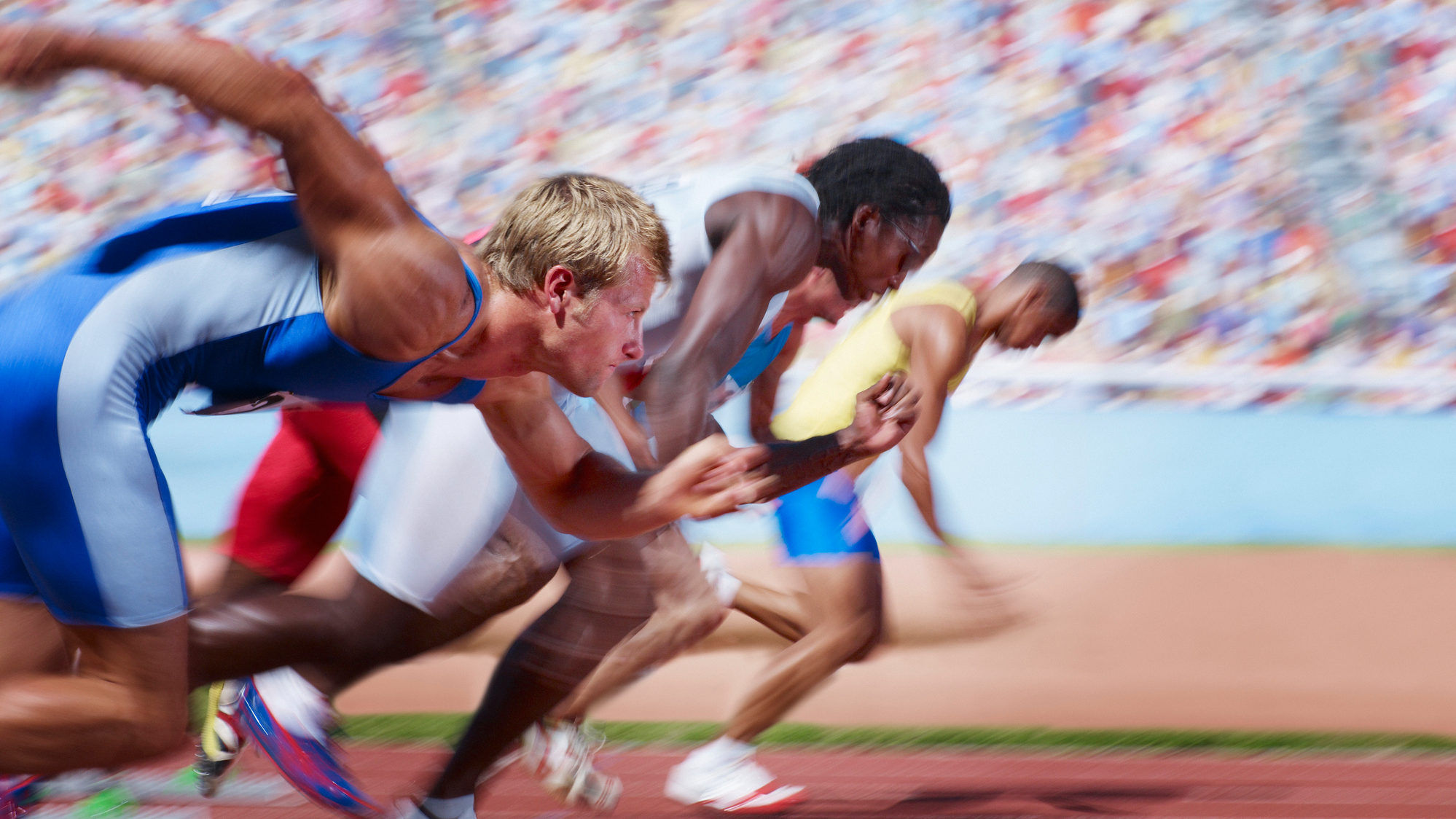Scientists have uncovered a genetic variant, inherited from Neanderthals, that may limit athletic performance.
The mutation is thought to affect roughly 8% of modern-day Europeans and influences the activity of a key enzyme in the production of energy in skeletal muscle.
In a study published July 10 in the journal Nature Communications, researchers analyzed more than 2,700 individuals, which revealed that those who carried the Neanderthal gene variant were half as likely to become top athletes as those without the variant.
The variant was found in up to 8% of present-day Europeans, 3% of Native Americans and 2% of South Asians, while it was absent in Africans, East Asians and African-Americans. “Since modern humans mixed with Neanderthals around 50,000 years ago, particularly in Europe and Western Asia, non-African populations today carry about 1–2% Neanderthal DNA,” Dominik Macak, the study’s first author and Doctoral Student at Max-Planck-Institute for Evolutionary Anthropology, told Live Science in an email.
While the Neanderthal variant is not linked with any major health issues, its impact on the body’s ability to produce energy during intense exercise could lead to reduced athletic performance in endurance and power sports, the researchers say.
During exercise, cells gain energy by breaking down a molecule called adenosine triphosphate (ATP), often described as our body’s “batteries”. One way that our body creates ATP, particularly during intense exercise, is by turning two molecules of adenosine diphosphate (ADP) into one molecule of ATP and one of adenosine monophosphate (AMP).
The ATP produced by this reaction is used to power energetic processes in our cells, while the AMP byproduct is removed by an enzyme called AMPD1. It’s this enzyme that is impaired in those with the Neanderthal gene variant, the researchers found.
To test the impacts of this gene variant, scientists recreated the Neanderthal version of the AMPD1 enzyme in the lab. They found that it was 25% less active than the enzyme produced in humans with other variants of the gene. Next, they genetically engineered mice to express the altered AMPD1 and found that the enzyme was up to 80% less active than the non-Neanderthal variant.
The researchers then analyzed the prevalence of the gene among elite athletes and non-athletes. They found that 4% to 14% of athletes carried this genetic variant, while 9% to 19% of non-athletes had the variant. Carrying just one copy of the Neanderthal gene (out of the two copies inherited from parents) led to a 50% lower probability of achieving elite athletic status, the data suggested.
Those that carry the Neanderthal gene may struggle with more extreme exercise because the impaired enzyme will allow AMP to build up in their muscles, making it harder for them to produce ATP as fast as their cells need. However, having the Neanderthal gene variant is unlikely to affect most people’s daily activities, where energy is obtained by other means. It is only during endurance sports or in exercises that demand muscular power that carriers might be at a slight disadvantage, the researchers said.
But how might this variant have impacted the Neanderthals themselves? “It’s very unlikely that this single genetic variant played a role in the extinction of the Neanderthals,” Macak said. “We find it in both early and later Neanderthal individuals, suggesting it was stably present over thousands of years. Additionally, some modern humans today carry mutations that disrupt the AMPD1 protein entirely, often without any major health issues. So, while the gene affects muscle metabolism, it likely wasn’t a decisive factor in their ability to survive.”
